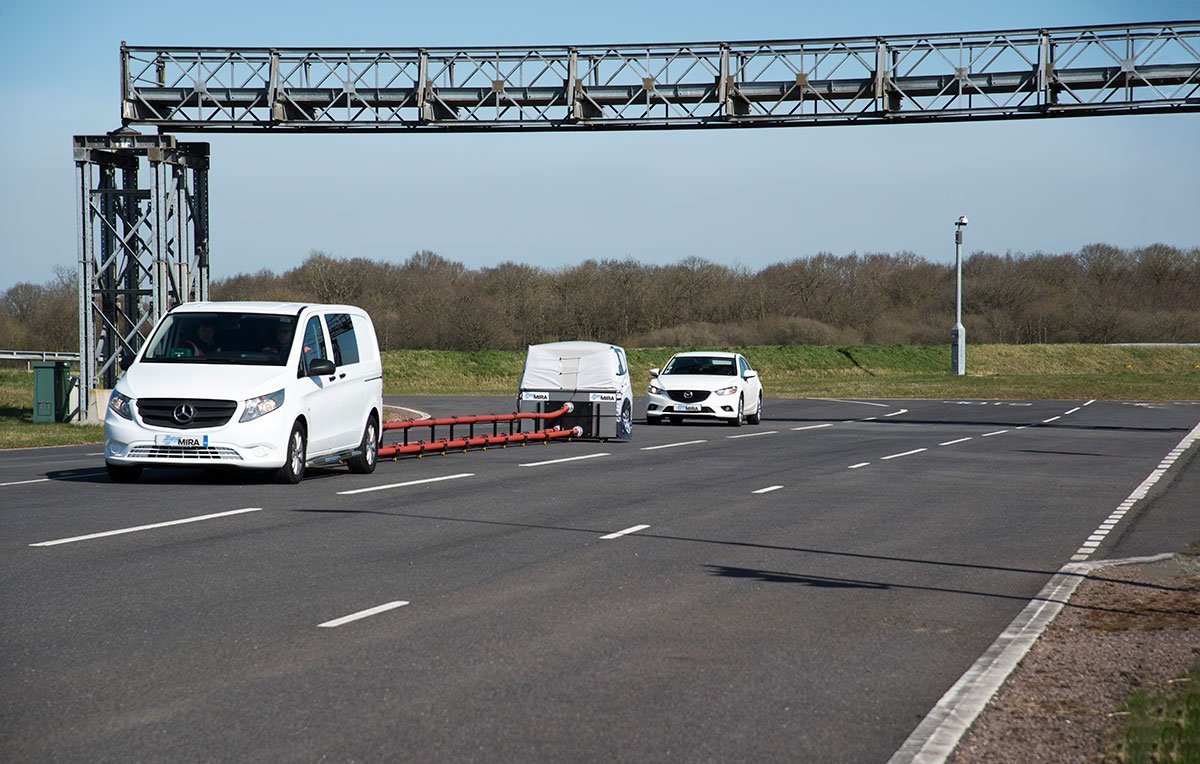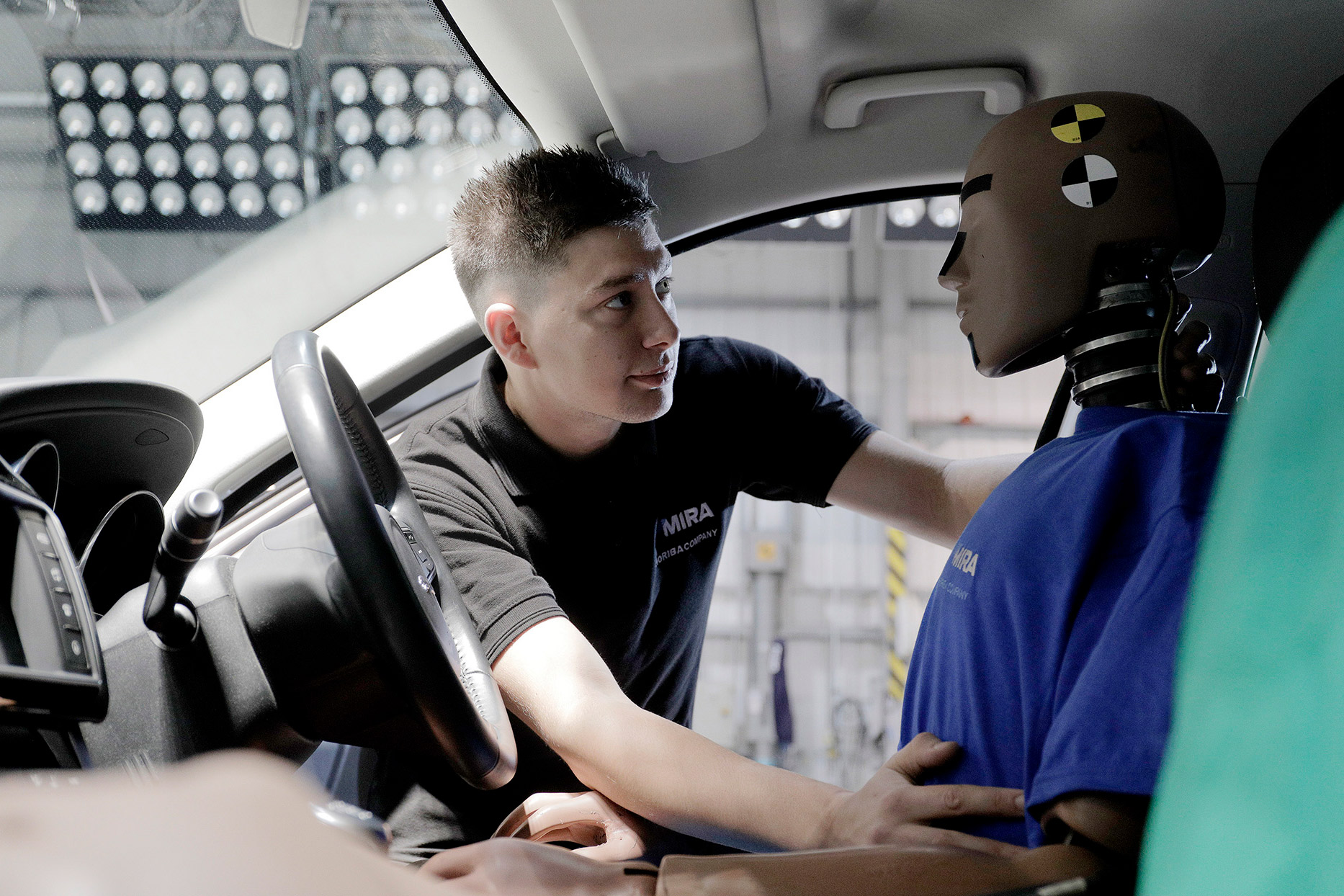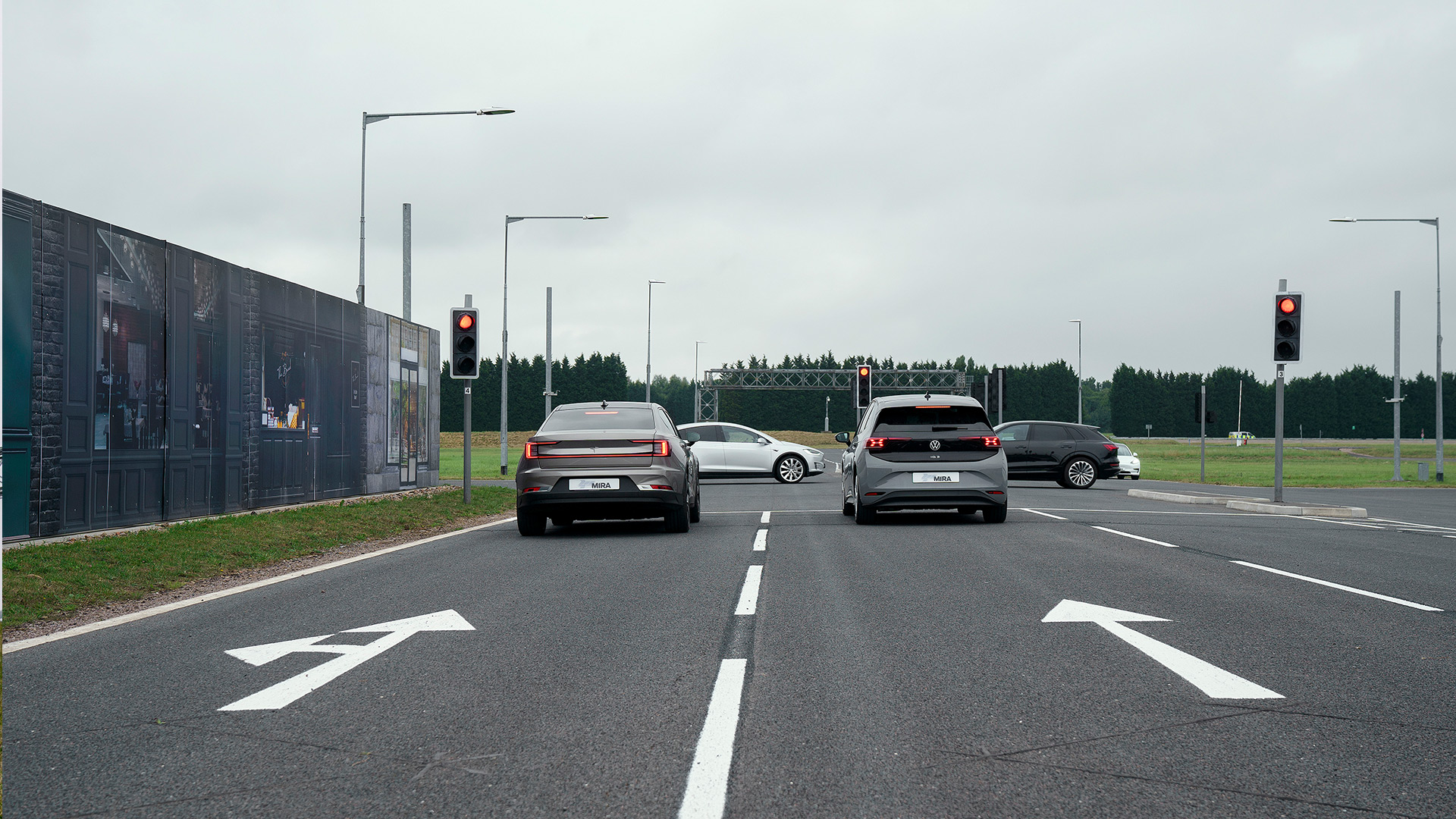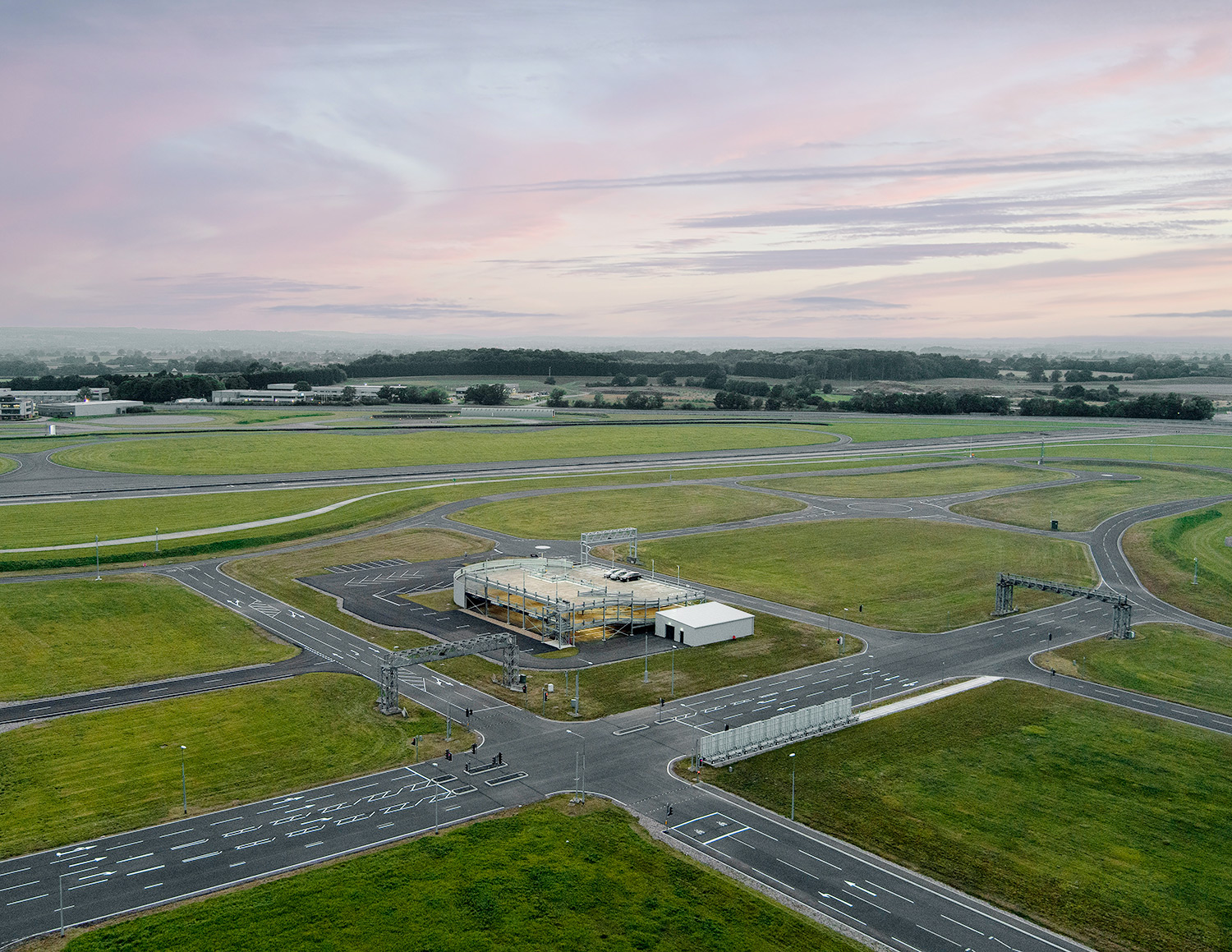Safety Of The Intended Function (SOTIF)

We have pioneered a methodology to support our customers who are developing advanced driving assistance or automated systems navigate their way through the ISO 21448 SOTIF process.
This method requires a different approach to the standard verification and validation process as such systems often operate at a level of autonomy which has an increased level of system and operational complexity.
With the target of SOTIF being to minimise the level of unreasonable risk across varying risk areas, we provide customers with a safety argument across analysis and evaluation answering questions such as was the system performance the right thing for that scenario or situation, and does the system perform as we expected in all areas?
Vehicle Resilience Testing
Our Vehicle Resilience (VRES) capability integrates Cybersecurity, Electromagnetic Resilience, and Functional Safety, ensuring safe, secure, and connected automotive products. With a multidisciplinary team, cutting-edge equipment, and 14 state-of-the-art facilities, we offer proactive design, remedial engineering, and robust assurance frameworks. Our services adhere to evolving industry standards like ISO/SAE 21434 and SAE J3061, addressing the growing importance of cybersecurity in connected and automated vehicles.
Related Pages
Related Media
Verification and Validation Strategies for ADAS and Autonomy
Webinar

ASSURED CAV – How the HORIBA MIRA Connected and Automated Vehicle (CAV) Test Ecosystem Supports the Validation and Verification of CAV Technologies
Webinar

Exploring Relevant Testing Procedures for the Assessment of Current and Future ADAS u0026 AV Technologies
Webinar

The Journey from Passive to Active Safety
Article








